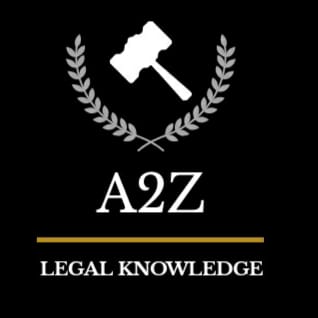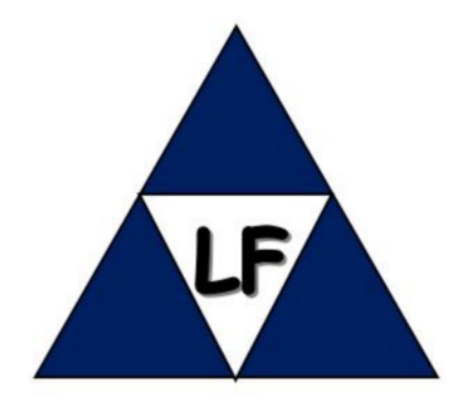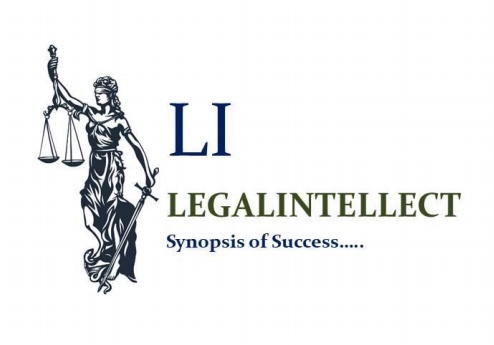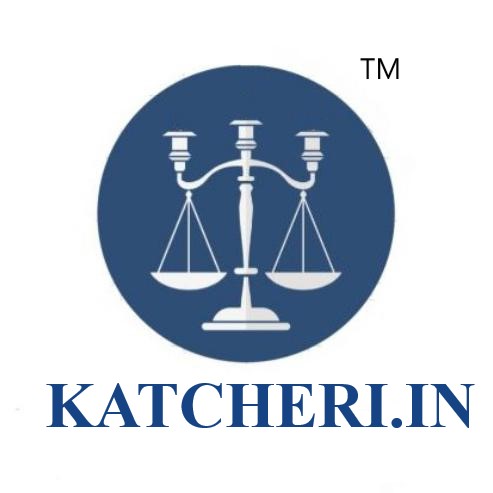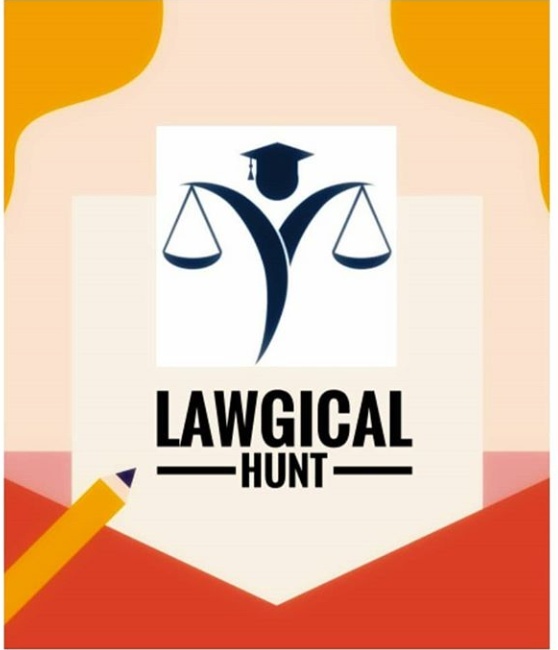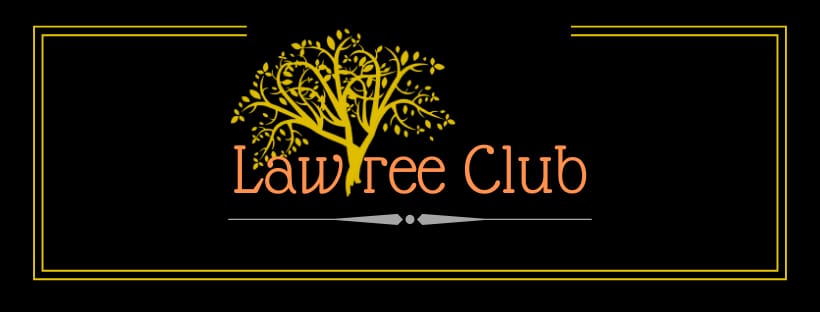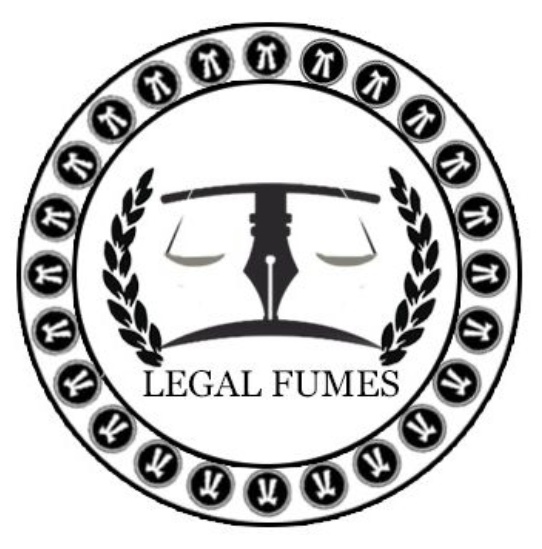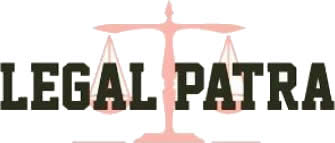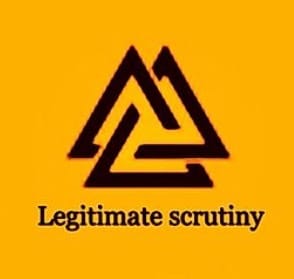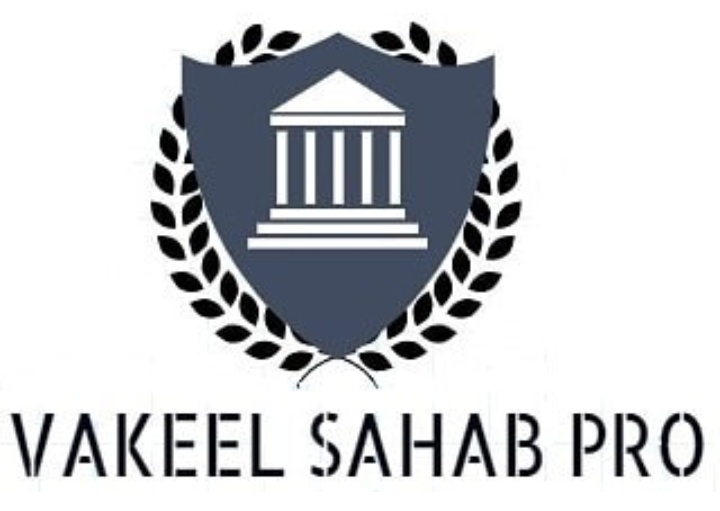Here are the detailed answers of the 30 MCQs (presented through our Ist National Quiz, held on 14 Aug 2020) based on topics reflecting a fusion of history (Indian freedom-struggle), polity and Constitution:
1. The first question was about the Quit India Movement (QIM), specifically regarding the event on whose failure this Movement was launched.
- As most of us know, this was a type of non-violent civil movement under Gandhi ji’s leadership, which began with the latter’s call for self-rule by Indians.
- The QIM-resolution was passed at the Bombay session of All India Congress Committee (AICC) on 8th August 1942, after the failure of the Cripps Mission.This mission, headed by Sir Stafford Cripps, had been sent to India in March 1942, with constitutional proposals, to seek India’s support for WW-II (1936-45), as the British were pressurized by the Allies (USA, erstwhile USSR, China) to seek India’s cooperation.Under this, the British offer to India for ‘dominion status’ rather than Indians’ demand for ‘complete independence’ was objected to by the Congress, while the Muslim League criticized the idea of a ‘single Indian Union’.
- QIM was also known as the ‘Bhaarat Chhoro Aandolan’ or ‘August Movement’ (with 9th Aug marked as ‘August Kraanti Diwas’ till date!).The name is due to the ‘Maidaan’ in the then Bombay where Gandhi ji delivered his historic ‘Do or Die!’ speech relating to this Movement, after which almost all prominent members of INC were imprisoned without trial as Congress was declared by the British as an unlawful association.(Aruna Asaf Ali had then presided over the next AICC session, in the absence of senior leaders.)
- Unshaken by the QIM, the British declared that independence couldn’t be granted by them to India before the war ended.
2. The second question was about the Charter Act of 1813.
- This piece of legislation was also known as The East India Company Act of 1813. This was an Act of the Parliament of UK, which renewed the Charter issued to the British East India Company for another 20 years, and gave legal authority backing the continuation of its rule in India!
- However, the Company's commercial/trade monopoly came to an end, except for the tea and opium trade and the trade with China. This was to relax strict licensing regime and allow British merchants to take advantage by trading with India as they had suffered huge losses due to the then regime of Napoleon Bonaparte in Europe.
- The Act expressly asserted the Crown's sovereignty over British India, allotted 100,000 rupees, and permitted Christian missionaries to propagate and preach their religion.
- The Act’s significance lies in defining, for the very first time, the constitutional position of British Indian territories. It was later replaced by the Government of India Act of 1915.
3. The third question pertained to the concept of ‘Swaraaj’, as it meant for Dadabhai Naoroji.
- Dadabhai Naoroji, known as the ‘Grand Old Man of India’, and called by Gandhi ji himself as the ‘Father of the Nation’, was a prominent INC-leader, having stayed its President thrice. In 1892, he became the first Indian to be elected to the British House of Commons.
- The demand for ‘Swaraaj’ or ‘self-government’ was first raised by Naoroji in the Calcutta Session of INC in 1906. He affirmed that all Indians were British citizens and entitled to the latter’s rights! He strongly advocated the demand for ‘self-rule’ to be the only & final hope for an appropriate form of reparation for the various injustices & economic depredation that India had suffered under the British Raj.
4. The fourth question related to identification of the writer of the famous poetry-lines, “Sarfaroshi ki tamanna ab humaare dil mein hai…”
- Born as Sayyad Shah Muhammad Hasan, ‘Bismil Azimabadi’ of Patna wrote these lines in 1921.
- This poem was immortalized as our ‘war-cry for freedom’ by the great Indian freedom fighter & inspiring leader, Ram Prasad Bismil, the founding member of Hindustan Republican Association and the writer of the iconic patriotic song, ‘Mera rang de basanti cholaa’.
5. The fifth question was about the year when the Interim Govt. of India (‘Arzi Hukumat-i-Hind’) was formed by Subhash Chandra Bose.
- On 21 Oct 1943, Neta ji proclaimed the formation of Provisional Government of independent India (‘Azad Hind’) in Singapore. It was supported by the Axis powers of Imperial Japan, Nazi Germany, Italian Social Republic and their allies.
- This must not be confused with the Interim Government formed by the Constituent Assembly on 2 Sept 1946 that continued until 15 Aug 1947.
6. The sixth question was about the Member of the Simon Commission, who subsequently became the British PM, and was to later oversee the granting of independence to India & Pakistan in 1947.
- All the seven members of Simon Commission were Englishmen-Sir John Simon, Clement Attlee, Harry Levy-Lawson, Edward Cadogan, Vernon Hartshorn, George Lane-Fox, Donald Howard. Lord Birkenhead was responsible for setting up this Commission. Clement Richard Attlee was the Deputy PM of England during Churchill’s tenure at the time of WW-II, and thereafter served as the PM of England from 1945 to 1951.
- After Wavell, Attlee chose Mountbatten to get the INC and the Muslim League serious about the issue of transfer of power. On 20 Feb 1947, Atlee declared that the British would quit India before June 1948, which was ensured and smoothly facilitated by Lord Mountbatten on 15 Aug 1947.
7. The seventh question was regarding the first Indian ruler who joined the Subsidiary Alliance.
- The doctrine of subsidiary alliance (‘non-intervention policy’) was introduced by Lord Wellesley. Under this, the ruler of the allying Indian State was expected to accept the permanent stationing of a British force within his territory & to pay a subsidy for its maintenance, in return of which the British would ensure their protection from other princely states.
- The kingdom of Awadh (through Nawab of Oudh) was the first to formally enter into this alliance after the Battle of Buxar took place in 1764.
- The Nizam of Hyderabad was victimized next under this arrangement in 1798. He is remembered in modern history to have been the first ruler to accept a well-framed alliance-agreement under this policy.
- Tipu Sultan of Mysore refused to do so initially, but after the British victory in the Fourth Anglo-Mysore War, Mysore was forced to become a ‘subsidiary state’ in 1799.
- After the Third Anglo-Maratha War in 1802, the Maratha ruler, Baji Rao II, also accepted this alliance.
8. The eighth question was one with a visual cue, about identification of a prominent Indian Queen (and a well-known freedom-fighter) who fought against the British colonial power in India.
- Rani Velu Nachiyar (3 January 1730 – 25 December 1796) was a queen of Sivaganga estate from 1780 to 1790.
- She was the first Indian ruler to have fought and triumphed against the British in India.
- She also devised the first ever recorded suicide-bombing in history.
- She is popularly known amongst Tamils as ‘Veeramangai’ i.e. brave woman.
9. The ninth question was regarding the judge/s who presided over the trial of Mahatma Gandhi for the Non-Cooperation Movement led by the latter.
- Gandhi ji, along with thousand other Indians and several prominent leaders, was arrested and subsequently tried for sedition on 18 March 1922 (for participating in the non-cooperation movement).
- In the historic trial, which lasted for 100 minutes, Gandhi ji told the judge that he was being punished for doing his duty, and that as per him, S. 124A was the ‘prince among the political sections of the IPC, designed to suppress the liberty of citizens’.
- The judge who had presided over his trial, was Justice Broomfield. He sentenced Gandhi ji to a sentence of 6 years’ simple imprisonment
10. The tenth question was about selecting the option that correctly identified the Governor General during Salt Satyagraha (or Civil Disobedience Movement).
- The ‘Dandi March’ (12 Mar-6 Apr 1930) against the then salt-tax rule continued for almost a year, ending with Gandhi ji's release from jail and negotiations with Viceroy Irwin at the Second Round Table Conference (Gandhi-Irwin Pact).
- The March was for a 390km-long journey from Sabarmati Ashram in Ahmedabad to the coastal town of Dandi near the Arabian Sea. It began with just 80 participants but grew to an enormous 50,000!
- The decision to have such civil disobedience had been taken at the INC-session in Lahore on 26 Jan 1930 when ‘Poorna Swaraaj Resolution’ was passed (commemorated on the same date in 1950 later when our Constitution got enforced and observed as Republic Day in India till date!)
11. The eleventh question was regarding the person behind coining of the name, ‘Pakistan’.
- The name, ‘Pakistan’ was coined in 1933 originally as ‘Pakstan’ by Choudhry Rahmat Ali, a Pakistan Movement activist, who published it in his pamphlet ‘Now or Never’.
- He used it as an acronym ("thirty million Muslim brethren who live in PAKSTAN") referring to the names of the five northern regions of British India- Punjab, Afghanistan, Kashmir, Sindh, and Baluchistan. Thus, the word was incorporated just to ease the memory of readers.
- Ofcourse it is a different story altogether that ‘Pak’ in Urdu means ‘pure’ and ‘Sthaan’ refers to ‘land/place’, thus standing for ‘The Pure Land’!
12. Next was a ‘match-the-following’ question with dates and milestone events jumbled up.
- 22 July 1947- Adoption of national flag by the Constituent Assembly
- 24 Jan 1950- Adoption of national song by the Constituent Assembly
- 26 Jan 1950- Adoption of the national emblem by the Indian Government
- 22 Mar 1957- Adoption of national flag by the Constituent Assembly
13. The thirteenth question was regarding identification of the most short-lived of all the British constitutional experiments in India out of four.
- Time span of the Acts given-
i) Indian Councils Act of 1861 – 31 years
ii) Indian Councils Act of 1892 – 17 years
iii) Indian Councils Act of 1909 – 10 years
iv) Government of India Act of 1919 – 16 years
14. The fourteenth question related to the date when the then British PM, Mr. Attlee, announced about the transfer of power to Indians.
- On 20 February 1947, Mr. Atlee, representing His Majesty's Government, announced their intention of transferring power to Indian hands by June, 1948.
- He also declared that Lord Mountbatten would be handling all minute details of the transfer of power later. Under the latter, partition was announced, and the Indian Independence Act came to force on 18 Jul 1947.
15. The fifteenth question listed out four DPSPs (Directive Principles of State Policy) and asked to identify the one based on ‘Gandhian Ideology’.
- Swadeshi & Boycott Movement were some famous national programs strongly led by Gandhi ji.
- Promotion of cottage industries in rural areas was also another aspect in which Mahatma Gandhi was genuinely interested. It’s given under Article 43 of the Constitution.
16. The sixteenth question mentioned the names of four significant freedom-fighters and asked to identify the odd one, who wasn’t a Barrister.
- Kailashnath Katju, Krishna Kapoor, Parmanand Khandur were all eminent legal luminaries of that time. But K. Kelappan was not.
- He was popularly known as the ‘Kerala Gandhi’, as he was the lead figure of INC in Kerala. He was also the founding member and President of the Nair Service Society.
17. The seventeenth question was about the Governor General during Sepoy Mutiny.
- Lord Canning was the Governor General during the Revolt of 1857, and also the last Governor General of East India Company.
- However, under the Government of India Act of 1858, he became the first Viceroy of British India!
18. The next question was about the judge/s who framed charges against the two famous revolutionaries, Bhagat Singh and BK Dutt, and committed the case to Sessions Court.
- Both of these popular freedom fighters had flung a bomb into the Central Legislative Assembly on 8 April 1929 to protest against the Public Safety Bill. It was a bomb not meant to hurt or kill, but as the explosion was caused, both surrendered to the police themselves.
- Later, in this matter of Delhi Central Assembly bombing, when the trial commenced on 7 May 1929, the British judge, Leonard Middleton, framed charges under the Explosives Act and u/S. 307 IPC, committing the case to the Sessions Court.
19. The nineteenth question related to the place from where the Amara Sullia Movement began.
- This was one of the first independent battles fought against British rule. It was also known as ‘Kalyanappa Katakayi’ (or looting of Kalyanappa) or ‘Kodagu Canara Mutiny’, held two decades prior to the First War of Independence in 1857.
- After Tipu Sultan’s demise in 1799, South Canara passed into British hands, with just the neighboring Kodagu managing to maintain precarious independence. Later, after overthrowing the Haleri Dynasty-ruler and annexing Kodagu, the British separated Amara Sullia from Kodagu and forcibly made it a part of the South Canara district, with tax-regime also altered to the prejudice of agriculturists.
- In 1837, when the battalion of rebels against the British, headed by Kalyanappa, reached Mangalore and hoisted the Haleri-flag there, the British captured and hanged or jailed all the leaders of the Coorg Rebellion at Mangalore itself!
20. The twentieth question related to identifying the original Sanskrit name for India.
- ‘Bhaarat Ganaraajya’ was the actual name of India in Sanskrit language. This has been derived from ancient Hindu ‘puraans’ which refers to land that comprises India as ‘Bhaaratvarsh’.
- Bhaarat is another name for ‘agni’ or fire. It also indicates ‘having knowledge’. ‘Ganaraajya’ means ‘republic’.
21. The next question gave a one-liner hint and asked to identify the freedom-fighter based thereon.
- The answer was Chandrashekhar Azad, whose original name was Chandrashekhar Tiwari.
- As we know from history, after a shootout with the British, Azad had shot himself dead with his last bullet, to avoid being captured. The colt pistol of Chandrashekar Azad finds display at the Prayagraj Museum.
22. The twenty-second question stated a quotable quote, and asked to identify the author.
- The correct answer (though unfortunately not provided in the question-options, hence leading to scrapping/omission of this particular question) was Bal Gangadhar Tilak, who was known amongst the British as ‘Father of the Indian unrest’.
- Being the first leader of the Indian Independence movement, Tilak became popular as the 'Father of Swaraj'.
23. The next question was about guessing the song-writer of ‘Vijayi vishwa tiranga pyaara’.
- The correct answer was Shyamlal Gupta, an extremely talented Indian poet and lyricist, whose popular name was Parshad.
- The song was adopted by INC as the official ‘flag song’ in 1924, and was first sung at Jallianwala Bagh Martyr Day on 13 April 1924.
24. The twenty-fourth question was related to the law in British India that provided for the establishment of Federal Court in India.
- The correct answer was Government of India Act 1935
- Our present-day Constitution has largely been based on the framework that was laid down under this Act, its main features being related to introduction of diarchy at the Centre with provincial autonomy (and system of bicameralism in certain states), an All India Federation, Advisory body instead of the Council, etc.
25. The twenty-fifth question pertained to identification of the month that is recognized to relate to revolution, rights and reforms.
- The correct answer is August, as this month has not only witnessed significant events/dates pertaining to the World Wars but also the French Revolution, Russian Revolution, Cultural Revolution in China; Independence Days of countries like India, Pakistan, Congo, North & South Korea, Bahrain, Liechtenstein, etc.- all justifying its title of the month of revolutions, rights & reforms.
26. The twenty-sixth question asked about the provision of the Indian Constitution that covers within its ambit one’s right to hoist our national flag, as per our Hon’ble Supreme Court.
- The correct answer is Article 19 Clause 1 Sub-cl. (a) of ‘The Constitution of India Act of 1950’.
- This provision guarantees the right to freedom of speech and expression to all citizens. Under this, the fundamental right to hoist the national flag on one’s premises (throughout the year) shall be covered.
27. The twenty-seventh question asked about the leader of ‘Servants of God’.
- The correct answer is Khan Abdul Ghaffar Khan, also known as ‘Frontier Gandhi’/Bacha Khan/‘Muslim Gandhi’. He was a prominent Pashtun leader.
- He founded the ‘Khudaai Khidmatgaar’ (Servants of God) Movement in 1929.
28. The next question related to the revolt that was immortalized by Bankim Chandra Chatterjee in his famous novel, ‘Anand Math’.
- The correct answer is ‘Sannyasi rebellion’, in whose backdrop of late 18th century, this work saw its plot moving.
- Bankim Chattopadhyay was a famous Indian novelist, poet, journalist and also the composer of our national song, ‘Vande Maataram’ (originally in Sanskrit).
29. The second last question asked about the author of the book, ‘The Story of the Integration of Indian States’.
- VP Menon was the book-author of this particular work. He was an Indian civil servant who served as Secretary to the Government of India.
- In his book, he discussed about fusing/merging of the 554 then-princely States with the Indian Union.
30. The thirtieth & final quiz-question was one with a visual cue, about identifying a famous woman freedom fighter, where the correct answer was Aruna Asaf Ali.
- ‘Heroine of the Quit India Movement’ who hoisted the Indian Flag at the Gowalia Tank Maidan in Mumbai during QIM.
- She was also named as the 'Grand Old Lady of Independence', and even has a prominent road in New Delhi named after her.

